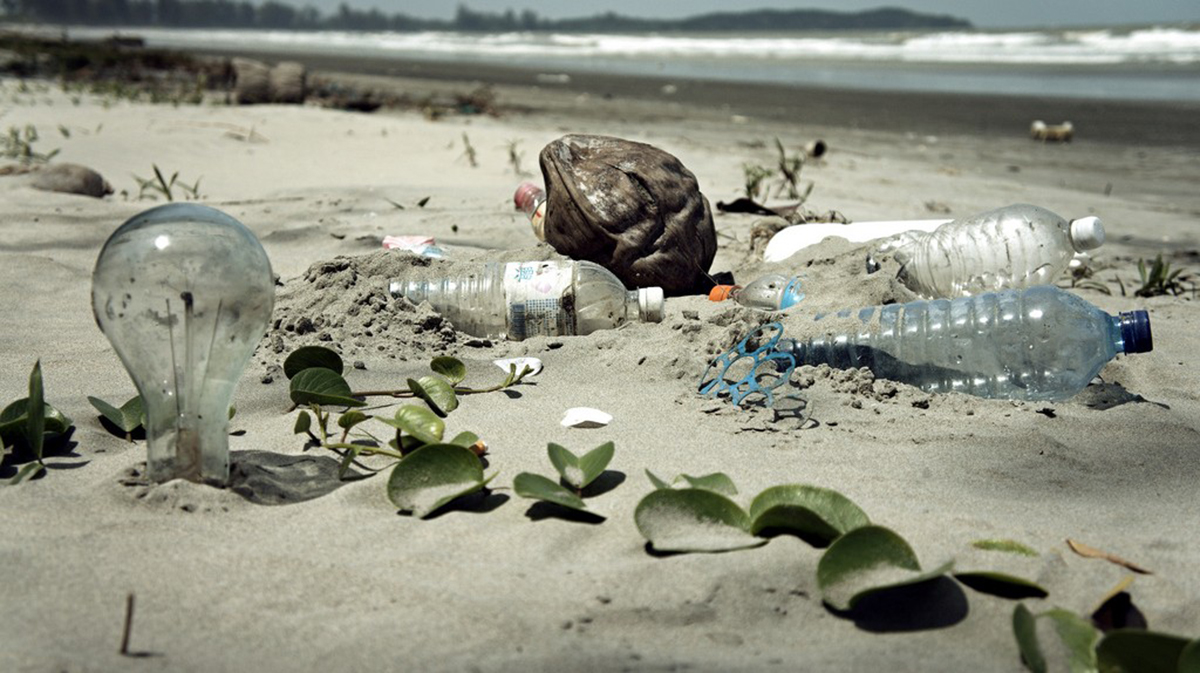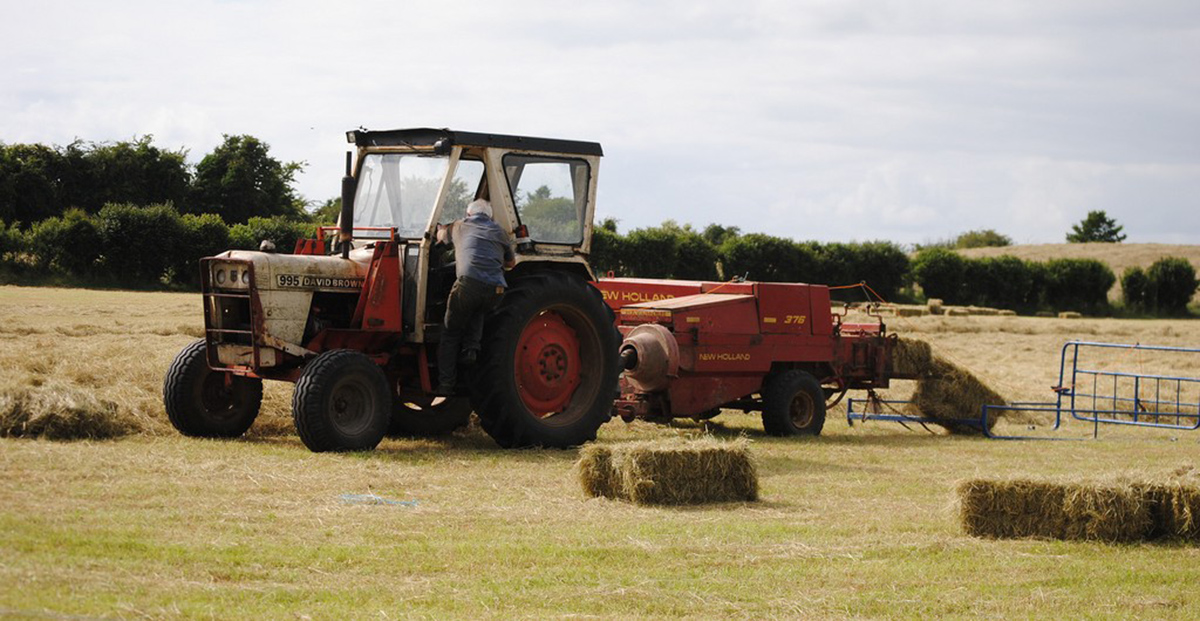Persistent organic pollutants, also known as POPs, are toxins in the environment that resist weathering, decay, and degradation. POPs are pollution that just won't go away.

Dr. Eveline L. Dirinck, MD, a physician with the Department of Endocrinology, Diabetology, and Metabolism in Antwerp University Hospital in Belgium and her colleagues published the results of their cross-sectional study of 151 obese and 44 normal-weight individuals in the July2014 issue of Diabetes Care. Dirinck and her collaborators looked at 28 kinds of POPs that are found all over the world, including polychlorinated biphenyls (PCPs) and the pesticide pesticide p,p'- dichlorodiphenyldichloroethylene (p,p'-DDE). They found that people who have the highest levels of these 28 chemicals in their bloodstreams are the most likely to be obese.
Then Dirinck and her research colleagues looked a variety of factors that are known to contribute to the risk of diabetes, including age, sex, body mass index (BMI), family history of diabetes, and abdominal fat mass, and looked for interactions between specific POPs and these factors and diagnosis of diabetes. The research team found that the amount of a chemical called PCB153 in the bloodstream, the total amount of all PCBs in the bloodstream, and the amount of p,p'-DDE in the bloodstream all predicted insulin resistance, the condition that leads to type 2 diabetes. Dr. Dirinck and the scientists working with her also found that the amount of p,p'-DDE in body fat also predicted insulin resistance and diabetes.
Exactly how these environmental contaminants may cause diabetes was not immediately evident.
But this study adds to evidence already uncovered in Belgium that PCBs and DDE, which are even found in places like Antarctica, may be part of the reason for the obesity and diabetes epidemics that are sweeping the world.
So what can ordinary people do to protect themselves against persistent organic pollutants? Here are 10 suggestions.
1. Become a fussy eater when it comes to fish
Wild caught fish, for example, avoids problems from fecal contamination in fish farms, but you need to eat wild caught fish that either harvested by fishers who monitor their catch for PCBs and heavy metals, and if you eat locally caught fish or shellfish, including those you catch yourself, check state advisories on PCB contamination, if any. Commercial fish and shellfish that are often high in persistent organic pollutants include Atlantic or farmed salmon, bluefish, wild striped bass, white and Atlantic croker, blackback or winter flounder, summer flounder, and blue crab.
2. Become a fussy cook for fish, too
Fat concentrates POPs. Grill fish so that fat drips away as the fish cooks.
See Also: Blame Pollution for the Diabetes and Obesity Epidemics?
3. Cut back on high-fat dairy products
When cattle are exposed to DDE from fields or PCBs from "junk" left behind in the farming process, they concentrate the chemicals in their fat. The less fat you consume, the fewer POPs get into your system.
More Ways Of Avoiding Persistent Organic Pollutants
4. Reduce your exposure to DDE by limiting your visits to farms during summer months
DDE (and DDT, in the parts of the world where it is still used) persist in the soil for several months, but they tend to leave the soil by evaporation. The soil heats up in the summer sun and the chemicals vaporize so that they hover in the dense air around thick plantings of crops. As a general rule, if you can smell agricultural chemicals in a field, that field is not a place where you want to be.

5. Don't go on crash diets
And when you do diet, be sure you eat lots of fresh, organic fruits and vegetables, and you take at least low doses of antioxidants such as N-acetyl-cysteine, alpha-lipoic or R-lipoic acid, vitamin C, and vitamin E. It isn't just fish and cows that concentrate PCBs. DDE, and, if you are old enough that you were exposed, DDT, in body fat. Humans sequester these chemicals in fat, too.
A pound a week (about two kilos a month) is usually optimal.
6. Don't keep plastic containers in your car, especially water bottles
Heat releases PCBs. If you must store water in your automobile, for instance, you live in a desert climate where it is dangerous to travel without extra water and you tend to forget to take water with you, keep your water in glass, metal, or plastic containers that are certified to be PCB-free.
7. Wear gloves when you work in your garden or flower beds
Persistent organic pollutants may accumulate in the soil. Gloves offer an extra layer of protection. Wash work gloves separately from other clothing.
8. Avoid food imported from East Asia or South America unless it is certified organic
Many producers in these parts of the world make diligent efforts to keep food production safe, but some do not.
If you just have to buy imported food, wash it carefully before consumption, and preferentially buy foods with rinds that you peel off and discard. This reduces pesticide exposure.
9. Natural isn't necessarily safe when it comes to pesticides
But products like rotenone (which is extremely toxic to fish) and pyrethrins at least are not linked to obesity and diabetes--but you still need to take precautions to avoid inhaling even organic pesticides when you apply them, to protect against damage to the central nervous system.
See Also: 5 Shocking Sources Of Indoor Air Pollution And How To Get Rid Of Them For Good
10. Home safety
Caulk cracks, close doors, and seal your home against bugs so you don't have to use pesticides. Don't wear shoes that you have worn when you walked across chemically treated lawns into your home.
- Dirinck EL, Dirtu AC, Govindan M, Covaci A, Van Gaal LF, Jorens PG. Exposure to persistent organic pollutants: relationship with abnormal glucose metabolism and visceral adiposity.Diabetes Care. 2014. 37:1951-1958.
- Photo courtesy of epSos .de by Flickr : www.flickr.com/photos/epsos/5444678656
- Photo courtesy of Peter Mooney by Flickr : www.flickr.com/photos/peterm7/9183333509


Your thoughts on this